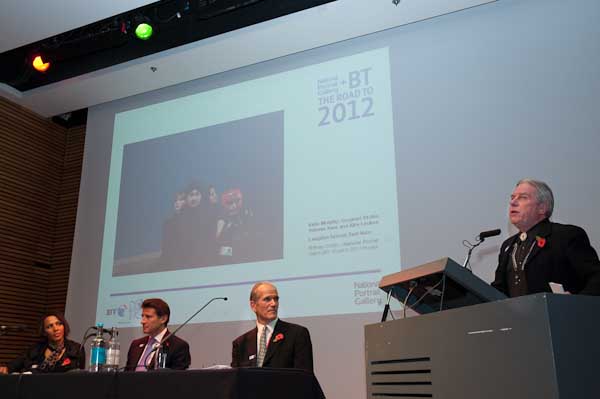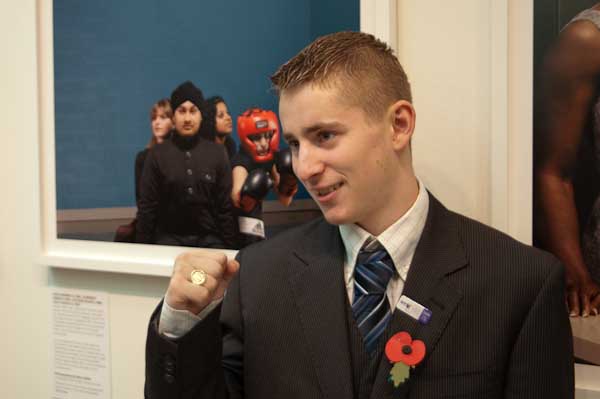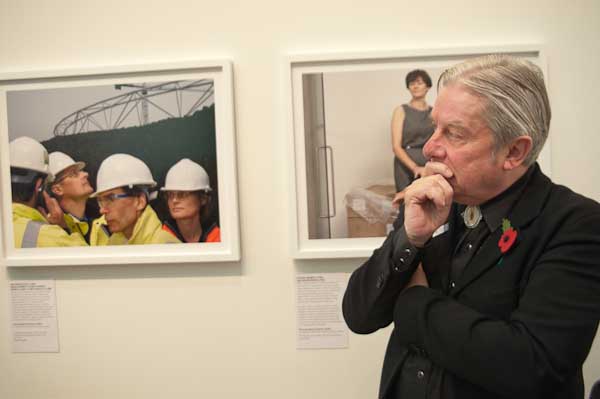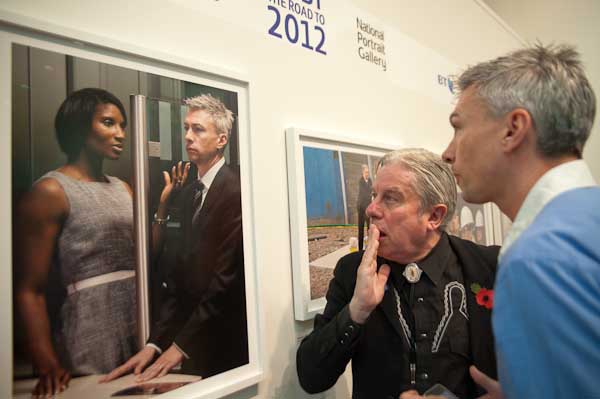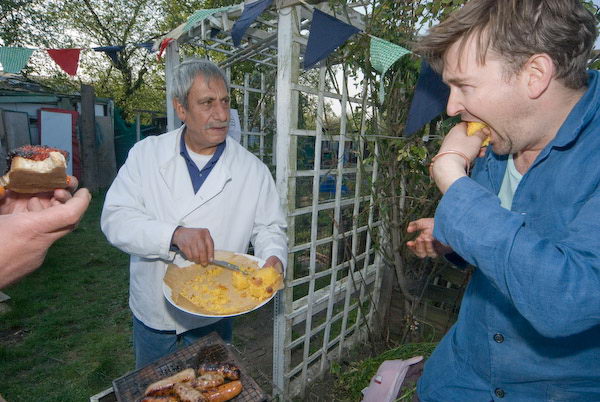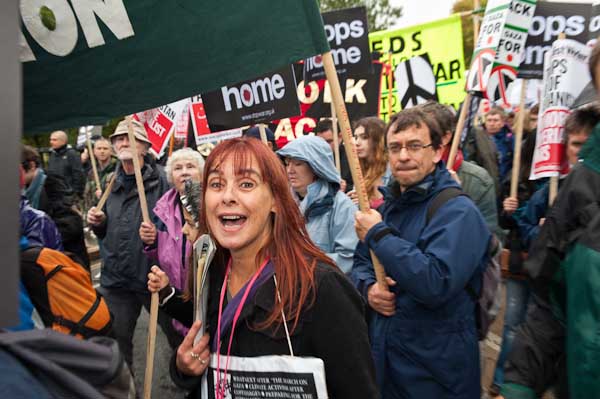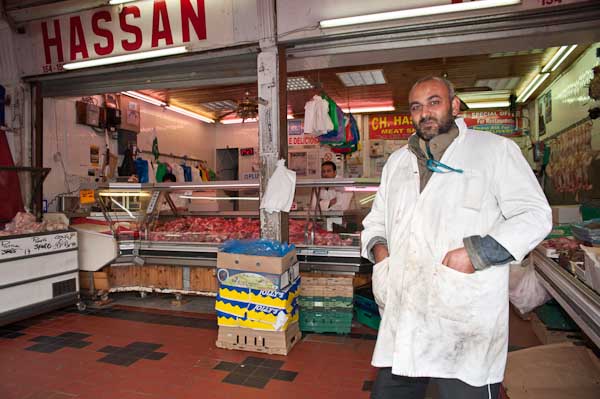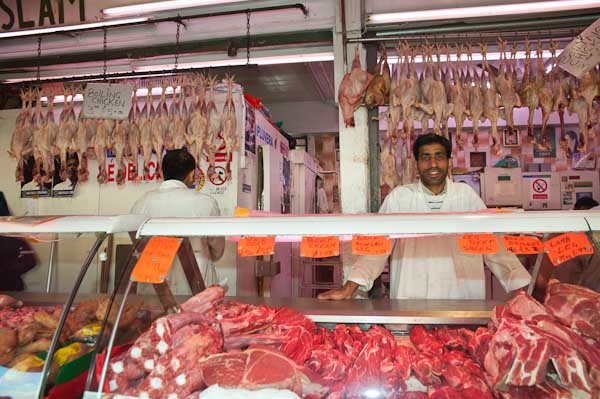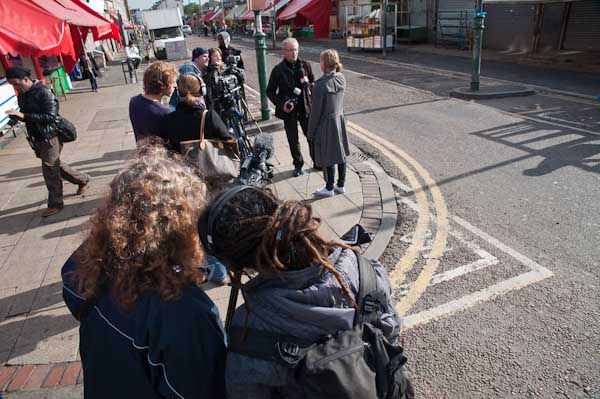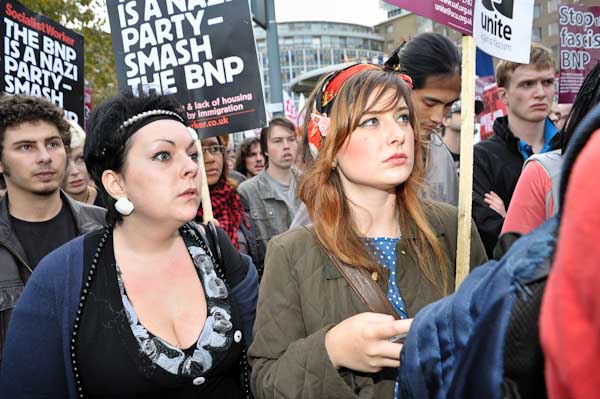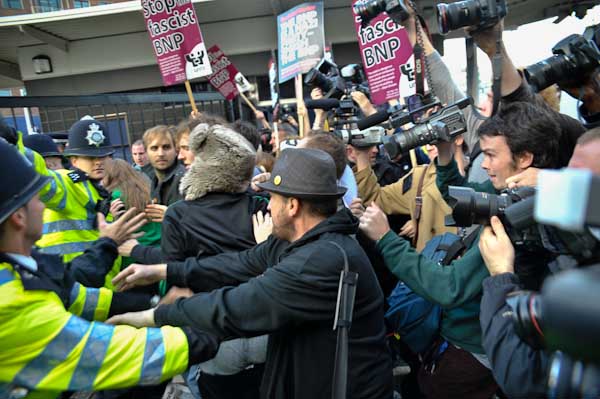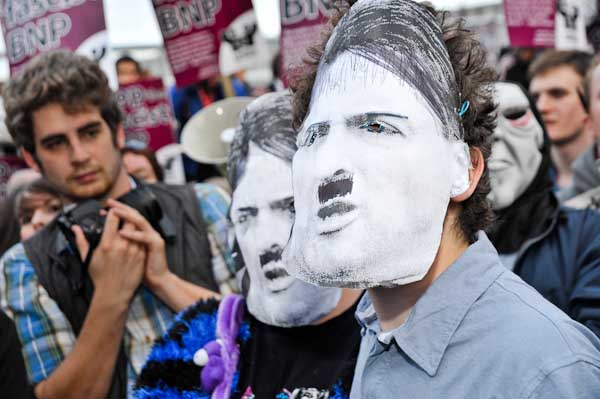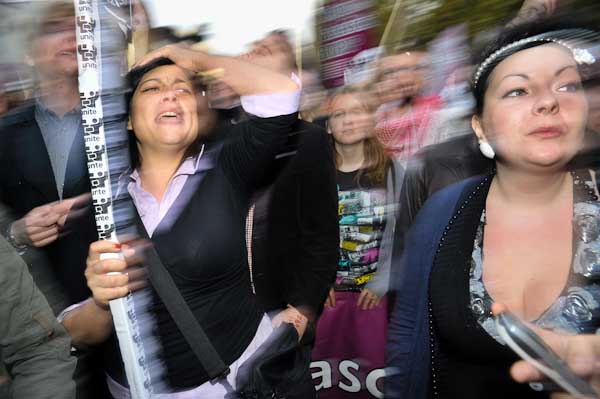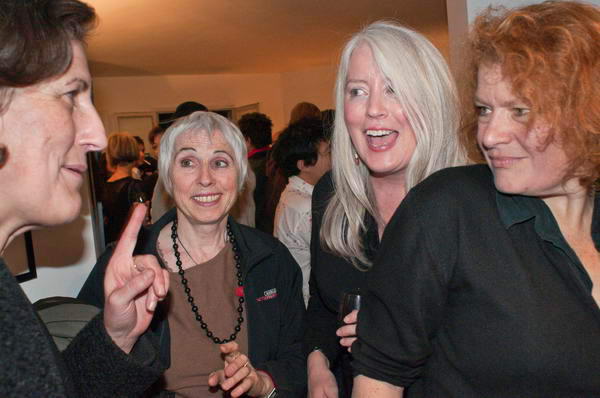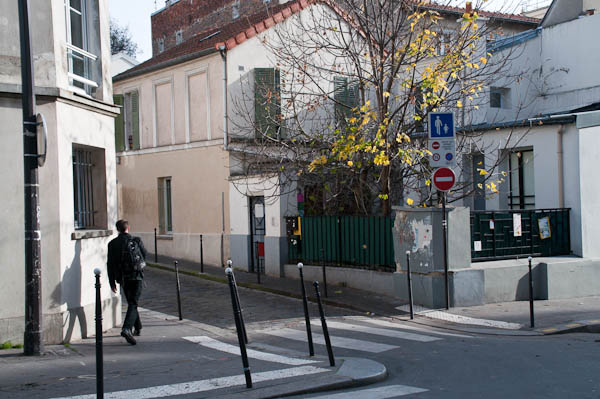I’ve had a busy couple of weeks and there are quite a few events I’ve photographed and not mentioned here, starting with the march calling for troops to be brought back from Afghanistan. Given the strength of public opinion in support of this it’s perhaps surprising that there weren’t more than the respectable 10,000 or so taking part, but perhaps it reflects the very different reasons some have for calling an end to this war which is seems we can only lose, and which is killing more and more British soldiers.
Certainly not everyone opposed to it would want to march with Stop the War, CND and the BMI who were the organisers of this march. We are also just seeing the start of mainstream politicians beginning to say what the left has been saying for a long time; I’m rather surprised that the liberal democrats haven’t already come out firmly against the war.
Photographically the main problem was the weather, a dull day, very dull at times, and with the occasional little burst of rain. Fortunately the D700 is pretty well noise free at ISO 800, and that was fast enough to work at a decent shutter speed with apertures around f4-f5.6. Most of the time I was shooting on the Sigma 24-70 f2.8, and I like to avoid full aperture whenever I can; it’s usable, but definitely a little soft compared to f4. After that, stopping down is only really needed to get more depth of field, particularly at the longer end of the lens.
I took some pictures without flash, but some of them look a little colourless, almost drained. Flash does tend to add a little warmth and colour under lighting conditions such as this though I was generally keeping the amount pretty low.
Here’s a picture that shows this and that I like:
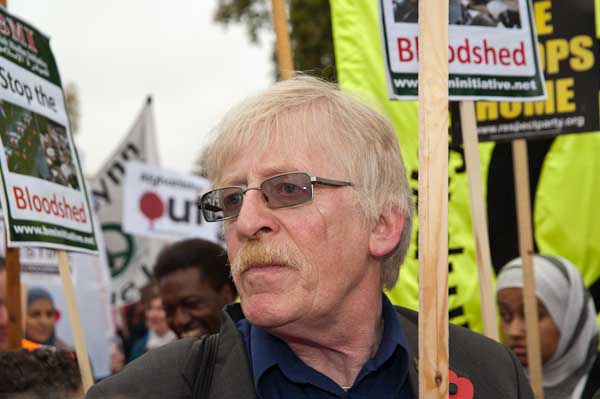
Peter Brierley who told Tony Blair “you have my son’s blood on your hands.”
The stewards were holding us a short distance back and there was a very tight scrum of press and others in the minutes before the march started. Quite a few pictures I took – even like this one at 1/250 – have camera shake because other photographers were pushing me from all sides. The len was at 65mm and aperture f8 and for some reason I was using spot metering – which is really better when you have plenty of time and can think what you are doing. I was pleased to have two posters with the word’Bloodshed’ on them in shot.
I stood close to the start and watched most of the march go by, photographing close in and using the full range of the zoom. It’s an interesting exercise in thinking and working fast to try and frame compositions as people walk by and also enabled me to spot a few people and groups to photograph later.
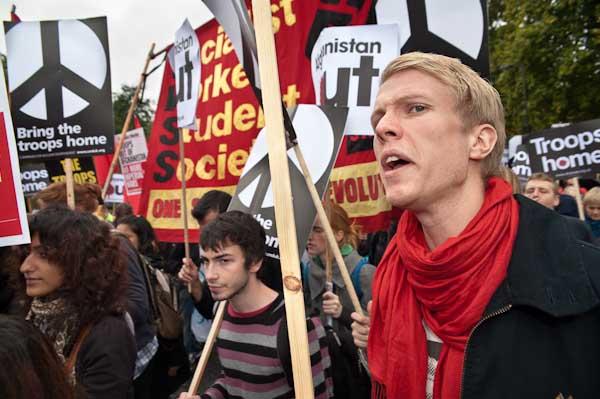
This was one I liked, and again the flash livens it up a little (24mm, 1/250 f7.1) and enables me a lot more freedom when I come to develop the image in Lightroom – where I could choose to ‘burn in’ the figure at the right to the exact tone I want (perhaps just a little darker than above.)
Here’s one I took later on the march without flash, and although I think it’s a good image, I just can’t get the same kind of colour quality.
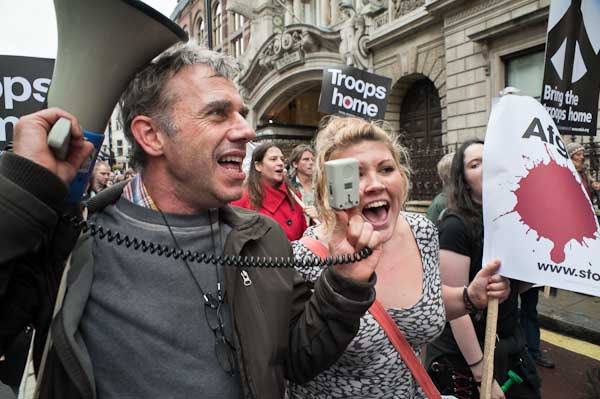
For once I walked the whole distance – which actually means I walked it several times, going back and forth taking pictures. And I took quite a few pictures of both audience and speakers in Trafalgar Square. But suddenly there was a disturbance at the back of the square, and several of us rushed out from the press area at the front of the plinth to cover it. Four Leeds supporters, in London for a match at Millwall had decided to heckle and insult the speakers, and the crowd had taken it badly, calling them racists and chasing them out. They were rescued and escorted by a largish group of police and it wasn’t easy to get clear pictures. As usual the answer was to think ahead and I was lucky when they stopped at exactly the right spot where I had chosen to stand on a ledge a couple of feet high and could look down on the scene.
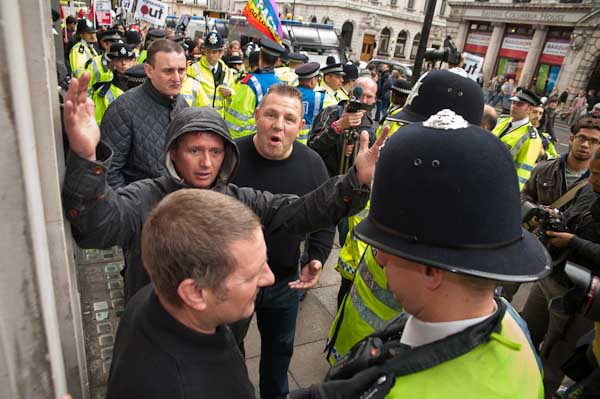
Overall I was for once quite please with my afternoon’s work. No major disasters and quite a few pretty decent pictures. You can make up your own mind about them on My London Diary.
